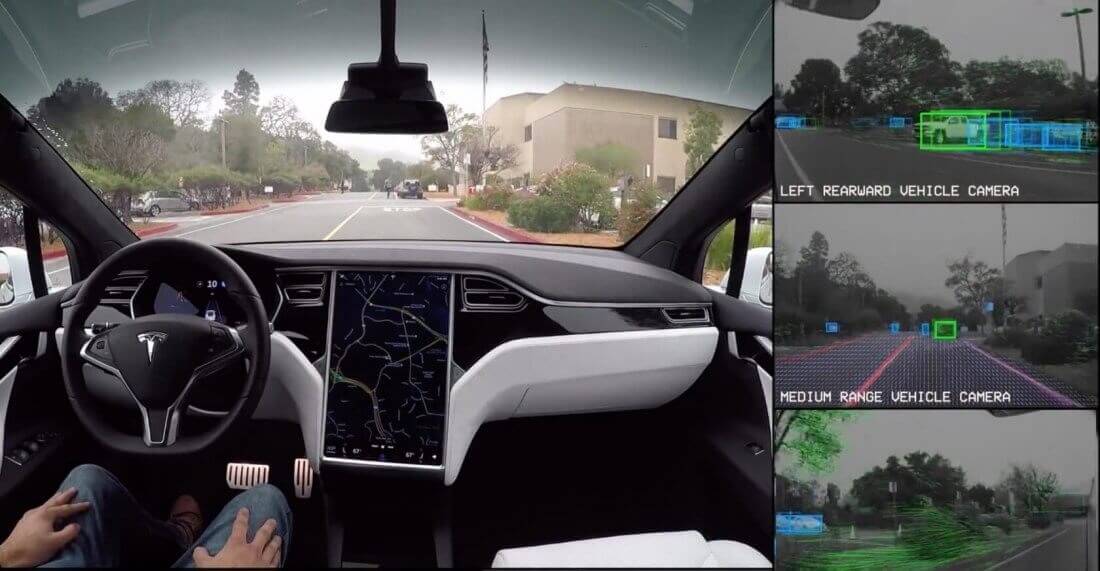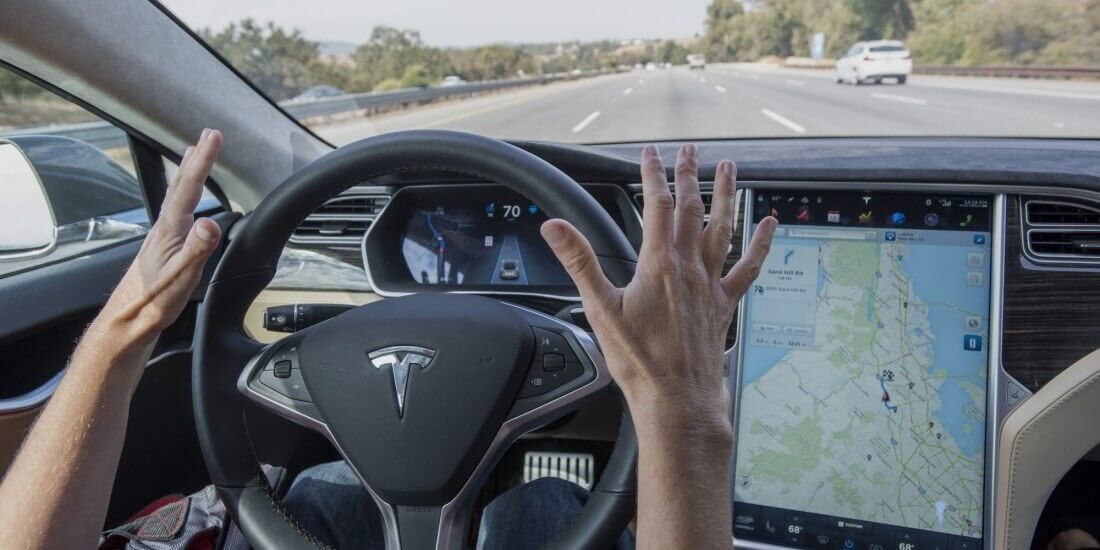In context: Tesla has drawn quite a bit of heat lately due to numerous crashes that have occurred with Autopilot engaged. One particularly unfortunate incident happened in March when a Model X crashed into a highway barrier, killing driver Walter Huang. Today, the National Transportation Safety Board released the preliminary results of their investigation into the incident.
Tesla may finally be getting its Model 3 production issues under control, but factory problems are far from the only headaches the company has dealt with lately.
In March, a Tesla Model X with Autopilot engaged collided with a highway barrier, killing driver Walter Huang. Shortly after the tragic incident, the National Transportation Safety Board (NTSB) launched a formal investigation into the matter to determine how much fault, if any, lied with Tesla's Autopilot system.
Much to the NTSB's chagrin, Tesla was quick to unveil the details of their own private findings. The company claimed Huang's hands were not on the wheel for at least 6 seconds prior to the crash, despite the vehicle's repeated audible warnings.
While that claim has been confirmed by a preliminary report released by the NTSB today, it appears that there's more to the story than meets the eye. In their report, the NTSB says Huang's Autopilot system sped up to 70.8 mph (from 62 mph) three seconds prior to the crash, rather than slowing down or coming to a stop.

Indeed, the NTSB claims the vehicle didn't even attempt to break or evade the barrier it struck.
When TechCrunch asked Tesla to comment on the matter, a spokesperson declined to do so. Instead, the individual pointed the outlet to a blog post the company penned in March.
"Tesla Autopilot does not prevent all accidents - such a standard would be impossible - but it makes them much less likely to occur," the blog post reads. "It unequivocally makes the world safer for the vehicle occupants, pedestrians and cyclists."
